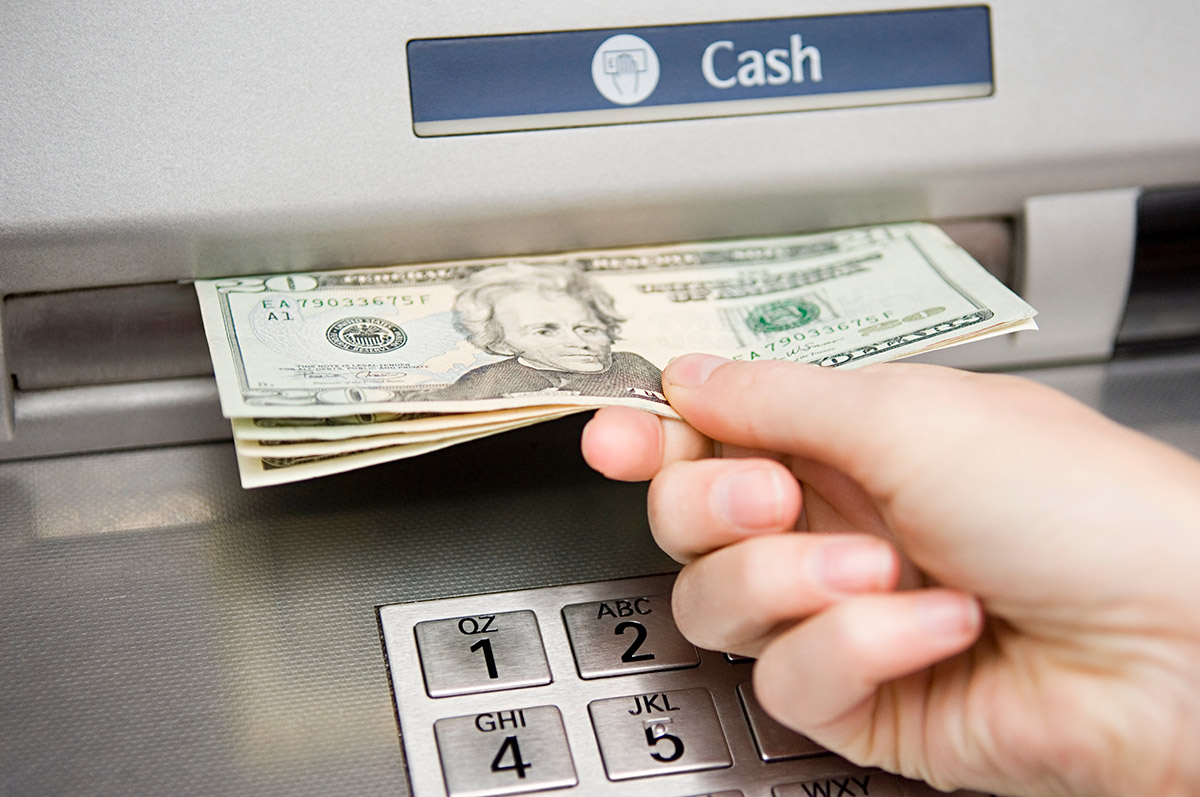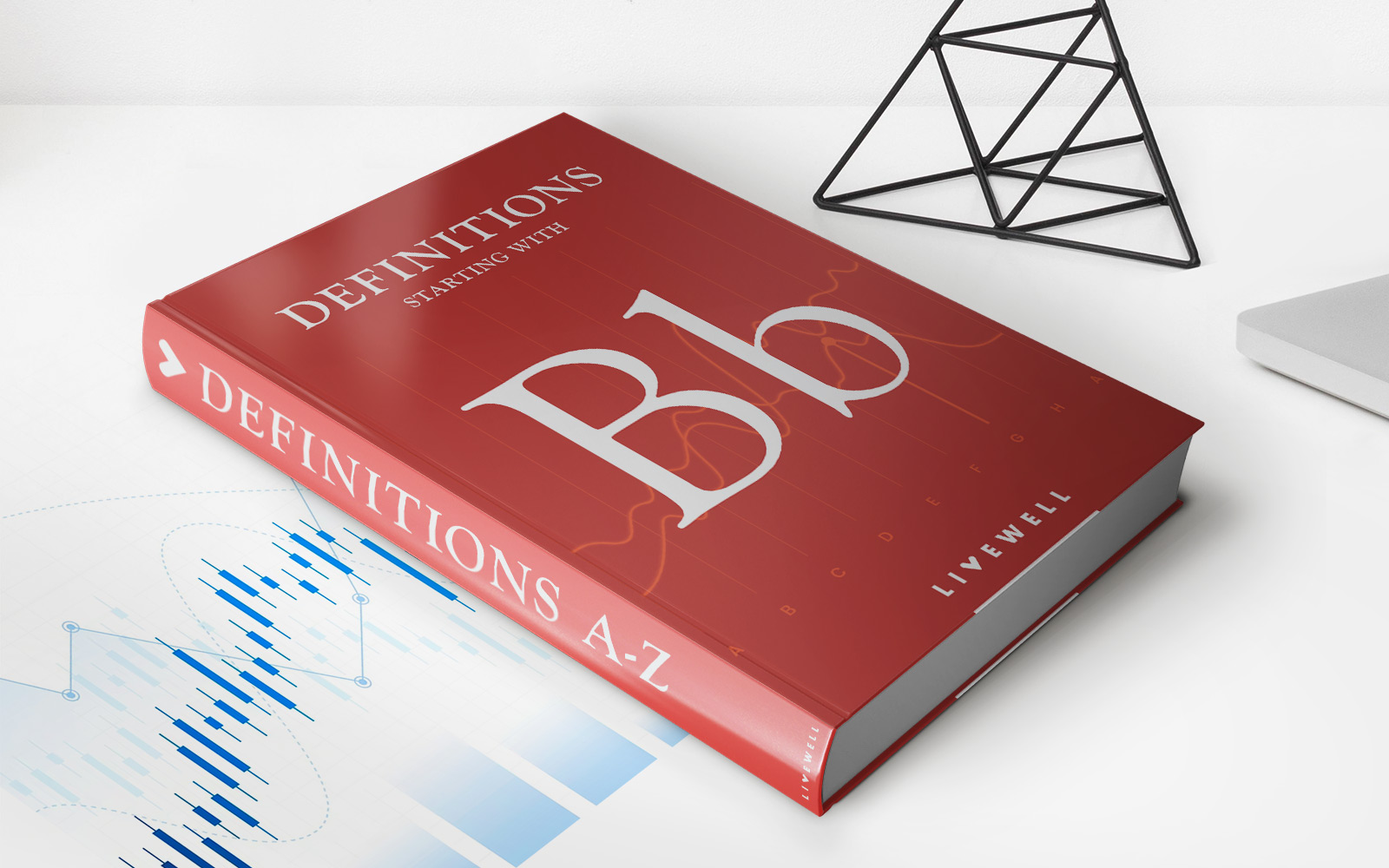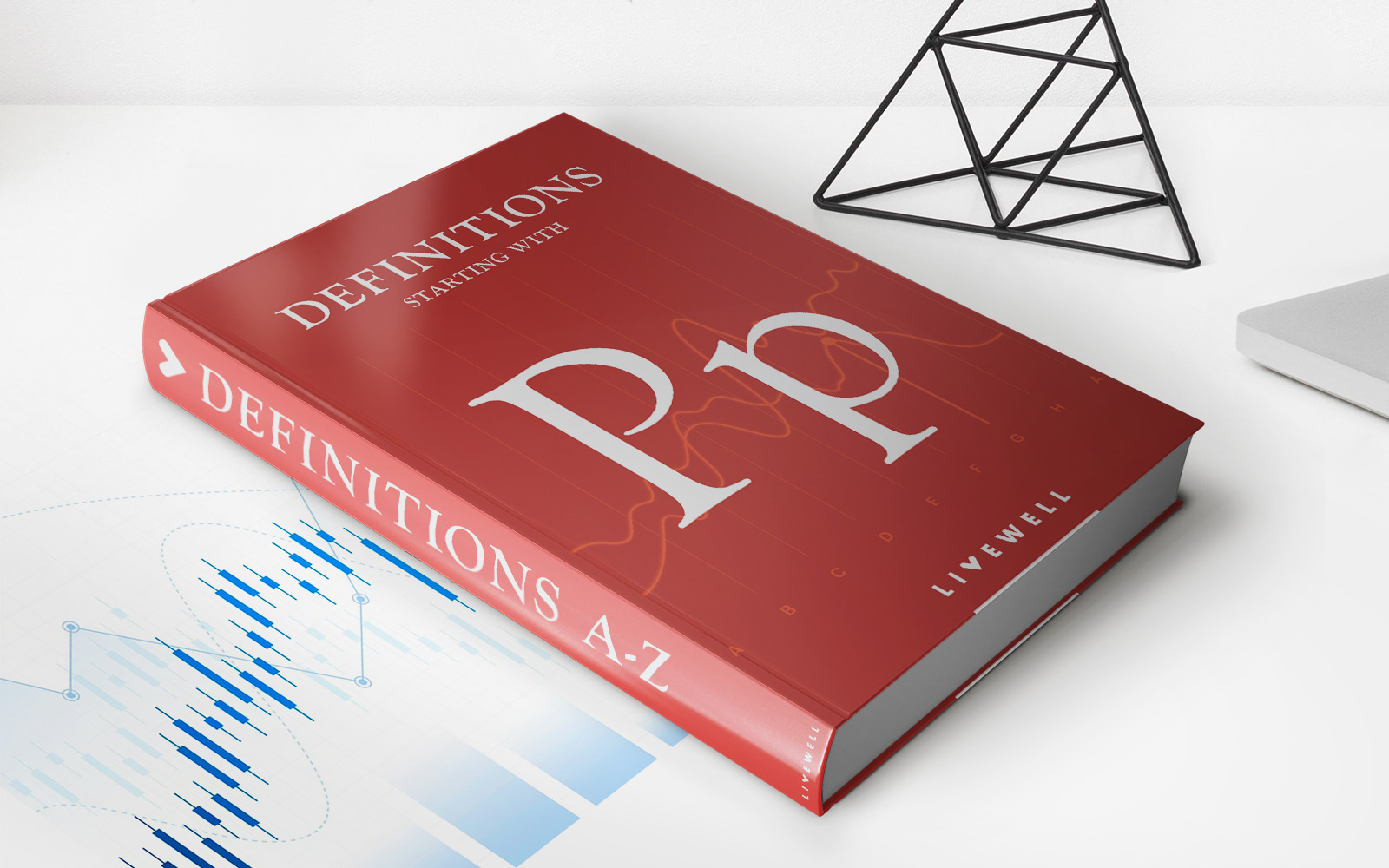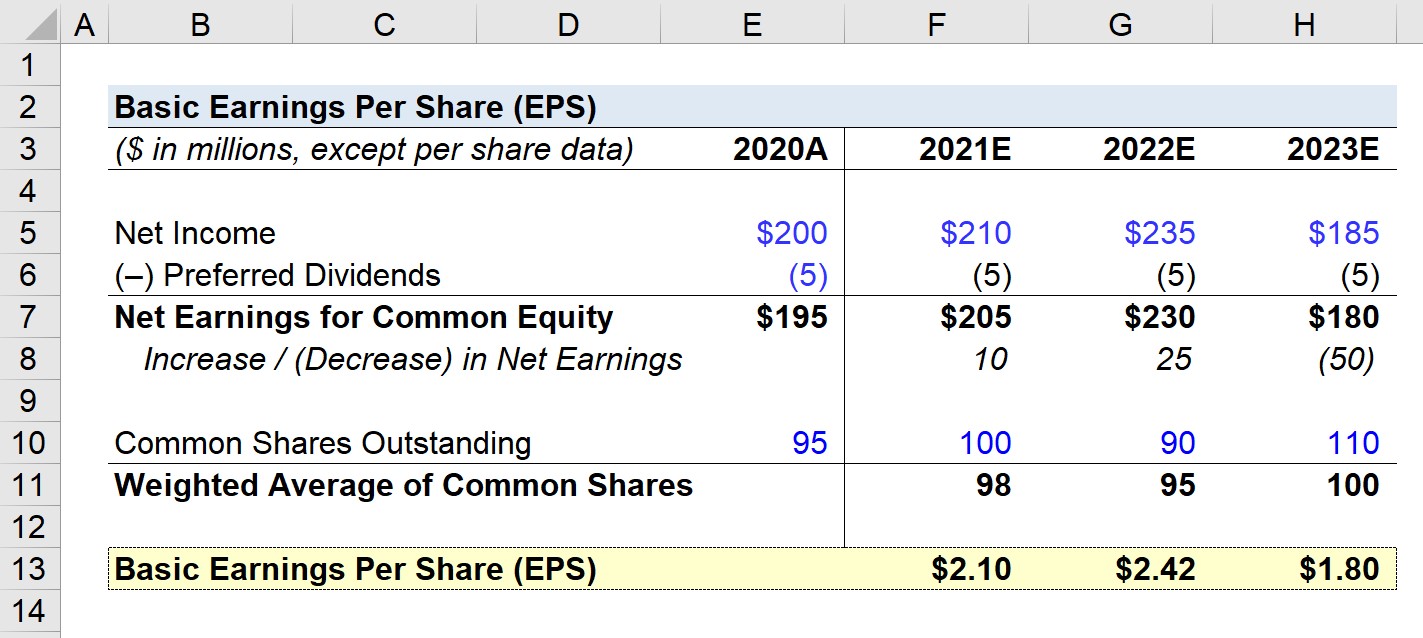

Finance
Where Do I Cash My Savings Bonds
Modified: December 30, 2023
Looking to cash your savings bonds? Learn where to cash your savings bonds and get the most out of your finances with our helpful guide.
(Many of the links in this article redirect to a specific reviewed product. Your purchase of these products through affiliate links helps to generate commission for LiveWell, at no extra cost. Learn more)
Table of Contents
- Introduction
- What are savings bonds?
- Types of savings bonds
- Understanding the different series of savings bonds
- Factors to consider before cashing savings bonds
- Where to cash savings bonds
- Cashing savings bonds at financial institutions
- Cashing savings bonds online
- Cashing savings bonds by mail
- Considerations when cashing savings bonds
- Conclusion
Introduction
Welcome to the world of savings bonds, where you can watch your money grow over time. Whether you’ve recently inherited some savings bonds or you’ve been diligently accumulating them for years, the time may come when you want to cash them in. But where do you go to cash your savings bonds and how do you navigate the process? In this article, we’ll explore the various options available to you for cashing your savings bonds.
Savings bonds are a type of investment issued by the U.S. Department of the Treasury. They are considered a safe and secure way to save money, as they are backed by the full faith and credit of the U.S. government. Savings bonds can be purchased directly from the Treasury, either online or through participating financial institutions.
One of the key advantages of savings bonds is that they accrue interest over time. This means that the longer you hold onto your savings bonds, the more money they will be worth when you decide to cash them in. The interest on savings bonds is typically exempt from state and local taxes, and may also be exempt from federal taxes if used for qualified education expenses.
Now that we have a basic understanding of what savings bonds are, let’s dive into the different types of savings bonds available and how they work.
What are savings bonds?
Savings bonds are a type of investment offered by the U.S. Department of the Treasury as a means for individuals to save and grow their money over time. They are considered a low-risk investment option, as they are backed by the government’s guarantee of repayment.
When you purchase a savings bond, you are essentially lending money to the government. In return for your loan, the government pays you interest on the bond, which accrues over time. This interest is added to the value of the bond and can be redeemed when the bond reaches maturity.
There are two main types of savings bonds available: Series EE and Series I. Series EE bonds are available in both paper and electronic form, while Series I bonds are only available in electronic form.
Series EE bonds have a fixed interest rate that is set at the time of purchase. The interest on these bonds is compounded semiannually and is typically guaranteed to double in value after 20 years. Series EE bonds have a maximum maturity period of 30 years. However, they can be cashed in as early as one year after purchase, although you may incur a penalty if you redeem them too soon.
On the other hand, Series I bonds have a variable interest rate that is adjusted every six months to keep up with inflation. The interest on Series I bonds is a combination of a fixed rate and an inflation rate, which ensures that the bond’s value keeps pace with rising prices. These bonds have a maximum maturity period of 30 years and can be cashed in as early as one year after purchase.
Now that we have a better understanding of the different types of savings bonds, let’s explore the various series within each type and how they differ from one another.
Types of savings bonds
Within the two main types of savings bonds, Series EE and Series I, there are different series that offer varying features and benefits. Let’s take a closer look at these series and what sets them apart.
Series EE
Series EE bonds have been a popular choice for long-term savings for decades. There have been several different series of Series EE bonds, each with its own unique characteristics:
- First Series EE bonds: These bonds were issued from 1980 to 1985 and were initially purchased at half their face value. They had a guaranteed minimum interest rate for the first 5 years and a maximum maturity period of 30 years.
- Second Series EE bonds: These bonds were issued from 1986 to 1995 and were purchased at their face value. They had a guaranteed minimum interest rate for the first 10 years and a maximum maturity period of 30 years.
- Current Series EE bonds: These bonds are currently being issued and have a fixed interest rate set at the time of purchase. They have a guaranteed minimum interest rate for the first 20 years and a maximum maturity period of 30 years.
Series I
Series I bonds were introduced in 1998 as a way to protect against inflation. Like Series EE bonds, there are different series within the Series I category:
- Inflation-adjusted series: These bonds were issued from September 1998 to October 2001 and have a variable interest rate that adjusts every six months based on changes in the Consumer Price Index for All Urban Consumers (CPI-U).
- Composite series: These bonds were issued from November 2001 to April 2005 and have a fixed rate and an inflation rate that is adjusted every six months.
- Current series: These bonds are currently being issued and have a fixed rate and an inflation rate that is adjusted every six months. They have a guaranteed minimum interest rate and a maximum maturity period of 30 years.
It’s important to familiarize yourself with the specific details of the series you own or are interested in purchasing, as the features and rates can vary.
Now that we understand the different series within Series EE and Series I savings bonds, let’s explore the factors to consider before cashing in your savings bonds.
Understanding the different series of savings bonds
When it comes to savings bonds, it’s important to understand the different series available and how they work. Let’s delve into each series and explore their features:
Series EE
The Series EE bonds are a popular choice for long-term savings. Depending on the series, these bonds offer different interest rates and durations:
- First Series EE bonds (1980-1985): These bonds were initially purchased at half their face value and had a guaranteed minimum interest rate for the first 5 years. They reached their maximum maturity period of 30 years.
- Second Series EE bonds (1986-1995): These bonds were purchased at their face value and had a guaranteed minimum interest rate for the first 10 years. They also matured after 30 years.
- Current Series EE bonds: These bonds have a fixed interest rate that is set at the time of purchase. They offer a guaranteed minimum interest rate for the first 20 years and can be held for a maximum of 30 years.
Series I
The Series I bonds, on the other hand, were designed as a safeguard against inflation. They have their own series within the category:
- Inflation-adjusted series (1998-2001): These bonds have a variable interest rate that adjusts every six months based on changes in the Consumer Price Index for All Urban Consumers (CPI-U).
- Composite series (2001-2005): These bonds have a fixed rate and an inflation rate that adjusts every six months.
- Current series: These bonds have a fixed rate and an inflation rate that adjusts every six months. They offer a guaranteed minimum interest rate and can be held for a maximum of 30 years.
It’s important to note that the interest earned on savings bonds is subject to federal income tax but may be exempt from state and local taxes if used for eligible educational expenses. Additionally, if you redeem a savings bond before it reaches maturity, you may be subject to an early redemption penalty.
Understanding the series of savings bonds you own can help you make informed decisions about when to cash them in. Now, let’s explore the factors you should consider before deciding to cash in your savings bonds.
Factors to consider before cashing savings bonds
Before you decide to cash in your savings bonds, there are several factors you should consider. These factors will help you determine whether it’s the right time to redeem your bonds and make the most of your investment. Let’s explore these factors in more detail:
Maturity date
Each savings bond has a maturity date, which is the date at which the bond reaches its full value. Before cashing in your savings bonds, check the maturity date to see if it has been reached. If the bond has not yet matured, you may want to consider holding onto it to continue earning interest.
Interest rate
The interest rate on your savings bonds plays a significant role in determining their value. Before cashing in your bonds, consider the interest rate they are earning. If the rate is relatively high compared to current market rates, it may be beneficial to hold onto the bonds and continue earning that higher interest.
Financial goals
Consider your financial goals and how your savings bonds align with them. If you have short-term financial needs or specific expenses you need to cover, cashing in your savings bonds may be a viable option. However, if your financial goals are long-term, such as saving for retirement or a child’s education, keeping the bonds and letting them continue to grow may be more advantageous.
Tax implications
Keep in mind the tax implications of cashing in your savings bonds. The interest earned on savings bonds is subject to federal income tax, but it may be exempt from state and local taxes if used for eligible educational expenses. Consult with a tax professional to understand the potential tax implications before making a decision.
Emergency fund
Consider your emergency fund when deciding whether to cash in your savings bonds. If you have sufficient savings for emergencies, you may feel more comfortable cashing in your bonds. However, if your savings are limited, it may be wise to hold onto the bonds as an additional safety net.
By carefully considering these factors, you can make an informed decision about whether it’s the right time to cash in your savings bonds. Now, let’s explore the different options available to you for cashing your savings bonds.
Where to cash savings bonds
When it comes time to cash your savings bonds, you have several options available to you. The method you choose will depend on your personal preferences, convenience, and accessibility. Let’s explore the different places where you can cash your savings bonds:
Cashing savings bonds at financial institutions
One common option is to cash your savings bonds at a financial institution, such as a bank or credit union. Many banks offer this service to their customers, allowing them to conveniently redeem their bonds. Simply visit your bank and inquire about their policies and procedures for cashing savings bonds. Keep in mind that some banks may have specific requirements, such as being an account holder or having proper identification.
Cashing savings bonds online
Another convenient option is to cash your savings bonds online. The U.S. Department of the Treasury offers an online platform called “TreasuryDirect” where you can manage and redeem your savings bonds electronically. If you have electronic bonds, you can log into your TreasuryDirect account, select the bonds you want to cash, and follow the instructions to complete the redemption process. This method saves time and allows for quick access to your funds.
Cashing savings bonds by mail
If you prefer a more traditional approach, you can choose to cash your savings bonds by mail. To do this, you need to fill out the appropriate form, available on the TreasuryDirect website, and mail it along with your physical savings bonds to the address provided. It is important to take precautions when sending your bonds by mail, such as using certified or registered mail for added security and tracking.
Before choosing your cashing method, consider factors such as the convenience, processing time, and any associated fees. Some financial institutions may charge a fee for processing savings bond redemptions, so be sure to inquire about any potential costs before proceeding.
Regardless of the method you choose, it is important to keep in mind that savings bonds are considered taxable income in the year they are redeemed. Therefore, you will need to report the interest earned on your bonds when filing your taxes.
Now that you are familiar with the different cashing options, let’s discuss some important considerations to keep in mind when cashing your savings bonds.
Cashing savings bonds at financial institutions
Cashing your savings bonds at a financial institution, such as a bank or credit union, is a popular and convenient option. Many banks offer this service to their customers, making it easy to redeem your bonds. Here’s what you need to know about cashing savings bonds at financial institutions:
Requirements and Policies
Each financial institution may have its own requirements and policies when it comes to cashing savings bonds. Before visiting your bank, it is recommended to call ahead or check their website to ensure they offer this service. You may be required to be an account holder at the bank or provide proper identification to complete the transaction.
Types of Savings Bonds Accepted
Most financial institutions accept both paper and electronic savings bonds for redemption. If you have paper bonds, make sure to endorse them on the back before bringing them to the bank. Electronic bonds can usually be redeemed through an electronic transaction, without needing to present physical bonds.
Processing Time
The processing time for cashing savings bonds at a financial institution can vary. Some banks may offer immediate cash redemption, while others may require a few days for the transaction to be processed. It’s best to inquire about the estimated processing time when discussing the redemption process with your bank.
Associated Fees
It’s important to note that some financial institutions may charge a fee for cashing savings bonds. The fee structure can vary from bank to bank, so make sure to ask about any associated fees before proceeding. This fee is usually deducted from the amount you receive when redeeming the bonds.
Customer Service Assistance
If you have any questions or concerns about cashing your savings bonds at a financial institution, their customer service representatives are available to assist you. They can provide guidance on the process, help with any required forms, and answer any specific questions you may have.
Cashing your savings bonds at a financial institution offers convenience and reliability. However, it’s always a good idea to compare the policies, fees, and processing times of different institutions to ensure you make an informed decision. With this in mind, let’s now explore another method of cashing savings bonds – doing it online.
Cashing savings bonds online
Cashing your savings bonds online provides a convenient and efficient way to redeem your bonds. With the advancement of technology, the U.S. Department of the Treasury offers an online platform called “TreasuryDirect” that allows bondholders to manage their bonds electronically. Here’s what you need to know about cashing savings bonds online:
Registering for a TreasuryDirect Account
To cash your savings bonds online, you will need to register for a TreasuryDirect account. This account allows you to manage and redeem your savings bonds electronically. The registration process is simple and requires some personal information, such as your Social Security Number and a valid email address.
Accessing Your Bonds
Once you have registered for a TreasuryDirect account, you can access and view your savings bonds online. The platform provides detailed information about your bonds, including their value, interest rates, and maturity dates. Take some time to familiarize yourself with the features and functions available to you on the platform.
Redeeming Your Bonds
To redeem your savings bonds online, you need to select the specific bonds you want to cash in. The TreasuryDirect platform provides clear instructions on how to initiate the redemption process. You will be guided through the steps required to complete the transaction, including verifying your identity and confirming your bank account information.
Security and Privacy
The TreasuryDirect platform is designed with robust security measures to ensure the safety of your personal and financial information. It uses encryption technology to protect your data and requires multi-factor authentication for account access. Additionally, the Treasury Department follows strict privacy guidelines to safeguard your information.
Processing Time and Direct Deposit
Cashing your savings bonds online typically has a faster processing time compared to other methods. Once your redemption request is submitted, the funds are usually deposited directly into your designated bank account within a few business days. This eliminates the need for physical paperwork and reduces the time it takes to receive your funds.
Keep in mind that cashing your savings bonds online through TreasuryDirect does not incur any additional fees. However, be aware that savings bond redemptions are subject to federal income tax. You should consult with a tax professional for guidance on reporting the interest earned from the redemption on your tax return.
Cashing savings bonds online through TreasuryDirect offers convenience, security, and a streamlined process. However, if you prefer a more traditional approach, you can also consider cashing your savings bonds by mail, which we will explore in the next section.
Cashing savings bonds by mail
If you prefer a more traditional approach, you can cash your savings bonds by mail. This method allows you to redeem your bonds without the need to visit a bank or utilize an online platform. Here is what you need to know about cashing savings bonds by mail:
Obtain the necessary forms
To cash your savings bonds by mail, you will need to obtain the appropriate form from the U.S. Department of the Treasury. The form required depends on the type of savings bonds you have. These forms are available on the TreasuryDirect website and can be downloaded or requested by mail.
Complete the redemption form
Once you have the necessary form, carefully read and complete all the required fields. Provide accurate information, including your name, Social Security Number, bond series, and bond information. Follow the instructions provided on the form to ensure accuracy and completeness.
Sign and endorse the bonds
Before sending your physical savings bonds, make sure to sign the redemption form where required. Additionally, on the back of each bond, sign your name as it appears on the front and write “Pay to the Order of [Your Name]” followed by your signature. This endorsement ensures that only you can redeem the bonds.
Submit the completed form and bonds
Once you have completed and signed the redemption form and endorsed the bonds, enclose them in a secure envelope. It is recommended to use certified or registered mail to track the package and ensure its safe delivery. Address the envelope to the appropriate address provided on the redemption form.
Processing time and payment
Upon receipt of your redemption request and bonds, the U.S. Department of the Treasury will process your request. The processing time can vary, but typically it takes a few weeks to receive payment. The funds will be sent via direct deposit to your designated bank account, or you can request a physical check to be mailed to you.
Before mailing your savings bonds, it is important to make copies of all the documents submitted for your records. This will serve as a backup in case any issues or discrepancies arise during the redemption process.
Remember that savings bond redemptions are subject to federal income tax. Consult with a tax professional for guidance on reporting the interest earned from the redemption on your tax return.
Cashing your savings bonds by mail offers a more traditional method for redeeming your bonds. However, if you prefer a quicker and more convenient option, you can also consider cashing your savings bonds at financial institutions or using the online platform offered by the U.S. Department of the Treasury.
Considerations when cashing savings bonds
When it comes to cashing your savings bonds, there are some important considerations to keep in mind. These factors can help you maximize the value of your bonds and make informed decisions. Here are some key considerations to consider when cashing your savings bonds:
Timing
Timing is an essential factor when cashing savings bonds. Consider the maturity date of your bonds and whether you’ve reached the point where they will no longer accrue interest. If your bonds have not yet matured, you may want to hold onto them for a longer period to continue earning interest.
Interest Rates
Take a close look at the interest rates on your savings bonds. If the rates are relatively high compared to current market rates, you may want to hold onto the bonds for a longer period to continue earning that higher rate. However, if the rates are low or you have other higher-yielding investment opportunities, it may be beneficial to cash the bonds and explore more profitable options.
Financial Goals
Consider your financial goals when deciding if it’s the right time to cash your savings bonds. If you have specific financial needs or goals, such as purchasing a home, paying for education, or covering unexpected expenses, cashing your bonds may be a smart move. On the other hand, if you have long-term aspirations like saving for retirement or building a college fund, you may prefer to let your savings bonds continue to grow.
Tax Implications
Take into account the tax implications of cashing your savings bonds. Interest earned on savings bonds is subject to federal income tax, although it may be exempt from state and local taxes when used for qualifying educational expenses. Consult with a tax professional to fully understand the tax implications and consider whether it makes financial sense to cash your bonds from a tax standpoint.
Diversification
Consider the diversification of your investment portfolio. Savings bonds carry low risk but provide relatively modest returns. If you have a well-diversified portfolio with other investments generating higher returns, you may want to cash some of your savings bonds to allocate funds to those higher-yielding investments.
Always remember to weigh these considerations against your unique financial situation and goals. Additionally, seeking advice from a financial advisor or tax professional can provide valuable insights tailored to your specific needs.
Now that we’ve explored the various considerations when cashing savings bonds, let’s conclude our discussion.
Conclusion
Cashing your savings bonds is a significant decision that should be made with careful consideration. Throughout this article, we have explored the different types of savings bonds, the process of cashing them, and various factors to keep in mind. By understanding these key aspects, you can make informed decisions and maximize the value of your investment.
When it comes to cashing your savings bonds, it is crucial to consider factors such as the maturity date, interest rates, and your financial goals. Timing plays a significant role, as cashing in your bonds before maturity may result in missed interest and potential penalties. Evaluating the interest rates and comparing them to current market opportunities can also guide your decision-making process.
Your financial goals play a vital role in determining whether it is the right time to cash your savings bonds. If you have specific financial needs or goals, such as purchasing a home or paying for education, redeeming your bonds may be beneficial. However, if you have long-term aspirations and can afford to let your savings bonds continue to grow, it may be wise to hold onto them.
Before cashing your savings bonds, it’s important to consider the tax implications and diversification of your investment portfolio. Understanding the tax obligations associated with redeeming your bonds and seeking professional advice can help you make the most informed decisions. Additionally, evaluating the overall diversification of your investment portfolio ensures you are balancing risk and potential returns effectively.
Whether you choose to cash your savings bonds at a financial institution, utilize the online redemption platform, or opt for the traditional method of mailing them, each approach offers its own advantages and considerations. Select the method that aligns best with your preferences, convenience, and accessibility.
Remember that the decision to cash your savings bonds should be made in line with your unique financial situation and goals. Taking into account the various factors discussed throughout this article will help you make the most informed decisions and maximize the value of your savings bonds.
In conclusion, carefully evaluate the factors mentioned, assess your financial goals, and consider professional guidance when necessary. With this knowledge and careful consideration, you can confidently navigate the process of cashing your savings bonds and make choices that align with your financial future.














